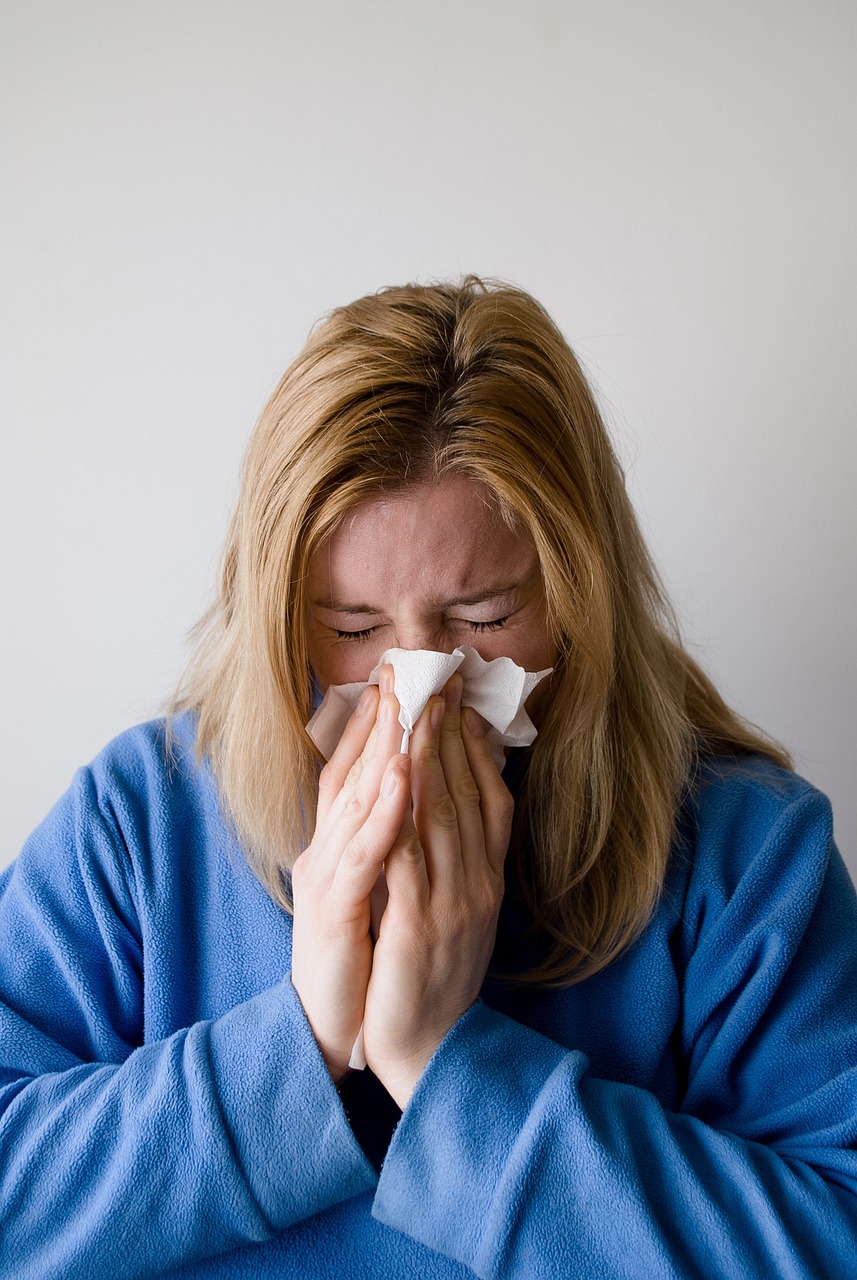26.09.2024
Exercising while sick?

Regular exercise and physical activity have effects on the strengthening of the immune system, alleviating symptoms when having a cold or the flu and even faster recovery.
Physical activity helps the respiratory system get rid of viruses, it increases the concentration of white blood cells which helps the immune system, increases bodily temperature which kills bacteria and helps the secretion of hormones which alleviate psychological stress. These are significant ways in which physical activity actively helps in the prevention of viruses and colds.
If you already have symptoms of the flu or a cold, you have a fever, pain, a runny nose, a cough… it’s necessary for you to rest so that you can recover from the sickness faster. The continuation of physical activity with the same intensity can worsen the situation and make recovery harder.
A heightened temperature pulls water from the body, the same as exercising, this can lead to dehydration and other serious problems.
In less intense situations it can seem more acceptable, when it’s a cold in question and not the flu for example. Still, additional stress to the body, which is already battling a virus infection can lead to slower recovery and the worsening of symptoms. The immune system works best when it’s not under stress, research suggests that athletes that train intensely without adequate recovery have higher chances of virus infections.
Many people who exercise regularly feel worse when they take a break, those who try to exercise regularly might be afraid that it will be more difficult for them to start again after taking a break. Doctors suggest that it’s okay to exercise under certain circumstances, if the symptoms are mild enough, and if the intensity of the exercise is lower than usual, it’s necessary to understand one’s own body and limitations. In these situations, it’s important to monitor how our bodies react after exercise, if everything is fine after this lighter workout it’s okay to continue, if you feel significant tiredness and exhaustion, you should take a longer break with physical activity.
An often-used way of differentiating between symptoms is whether they are “above or below the neck”. If the symptoms are “above the neck”, runny or clogged nose or a sore throat, it’s okay to try exercising with less intensity.
If the symptoms are “below the neck”, cough, muscle and joint pain, fever and exhaustion, it’s necessary to rest until the symptoms recede.
An average cold lasts around 7 days, while the average flu usually doesn’t last longer than two weeks. Taking a break from exercising for these amounts of time won’t significantly reduce your performance, continuing with the same intensity carries the risk of worsening symptoms and risk of injury. After recovering it’s good to steadily return to previous intensity levels.
If you wish to exercise while you are sick a good idea might be to consult a doctor so you can understand if it is safe, and at what intensity it would be acceptable to train, without risking further complication.
*This text is intended for informational purposes only. If you experience any symptoms, it is recommended that you seek advice from your doctor or a qualified healthcare professional.*
*Image taken from: https://pixabay.com/photos/woman-blow-blowing-nose-blond-698964/*
Your trusted partner in finding medical information. We offer access to reliable resources and make it simple for you to get in touch with qualified medical service providers. Our goal is to assist you in achieving optimal health through dependable information and ongoing support, whether it's advice, a physical examination, or expert consultation.